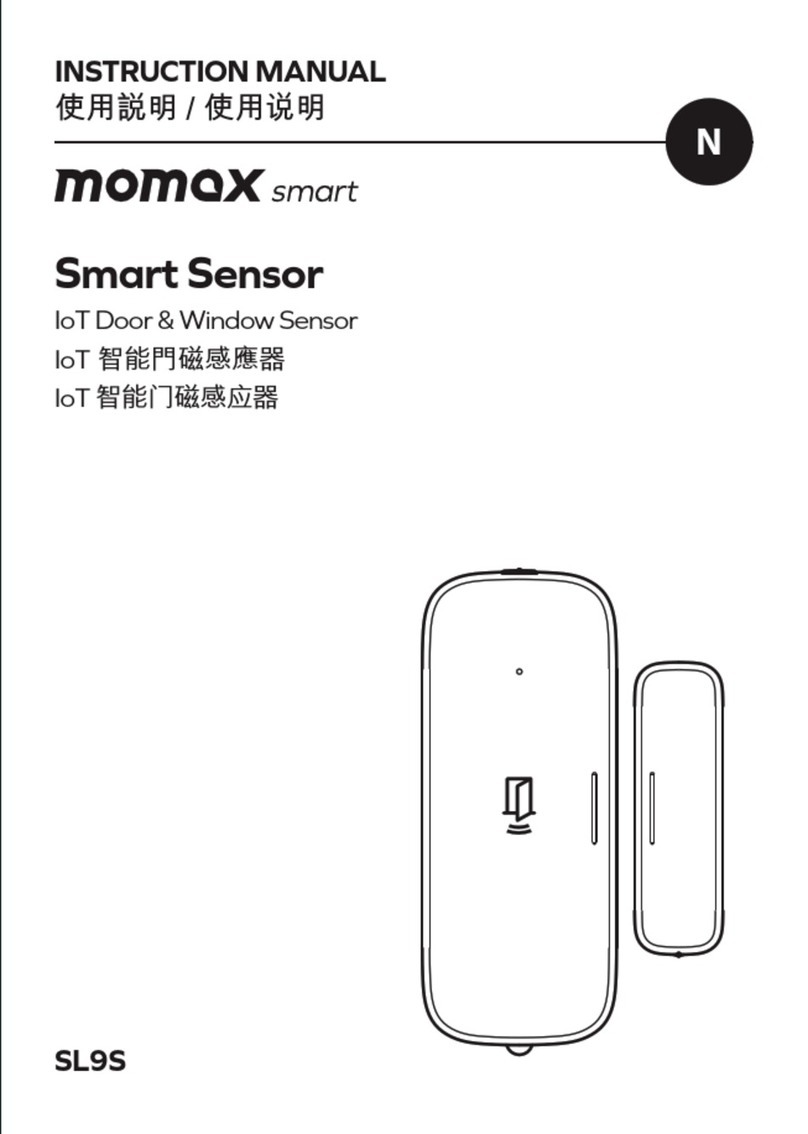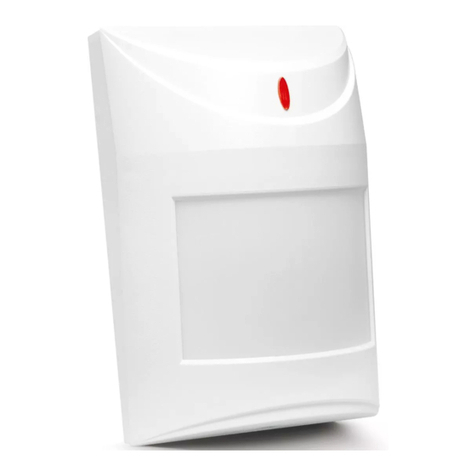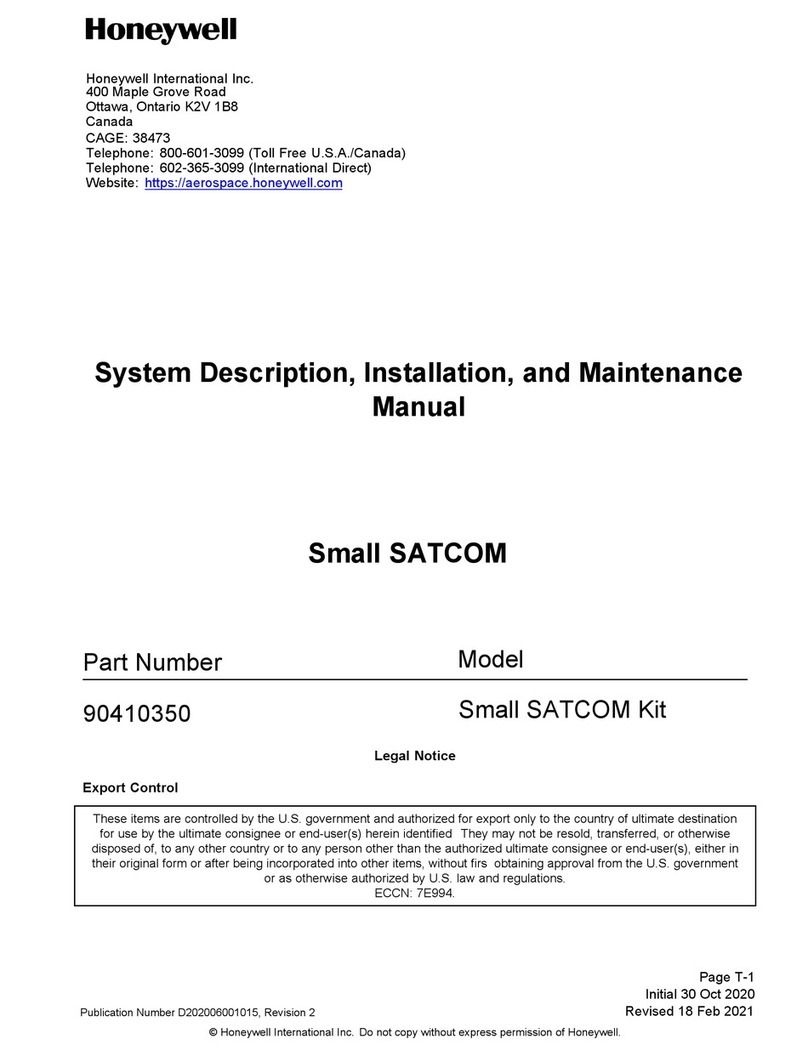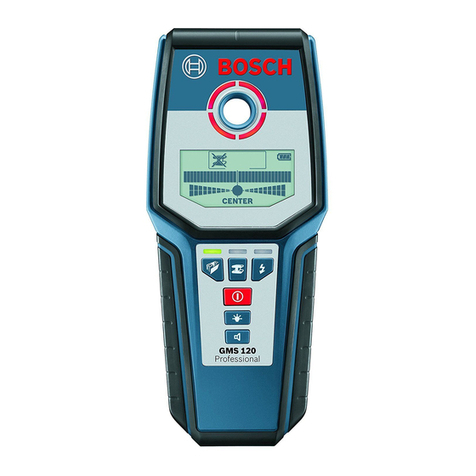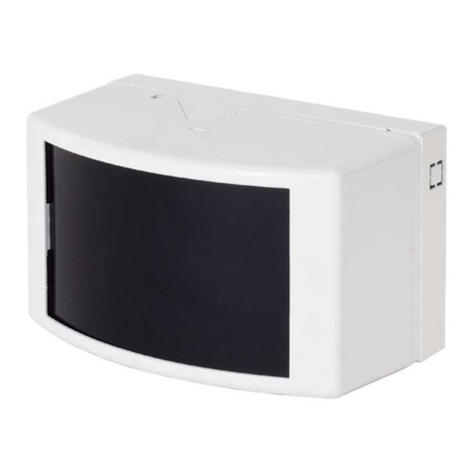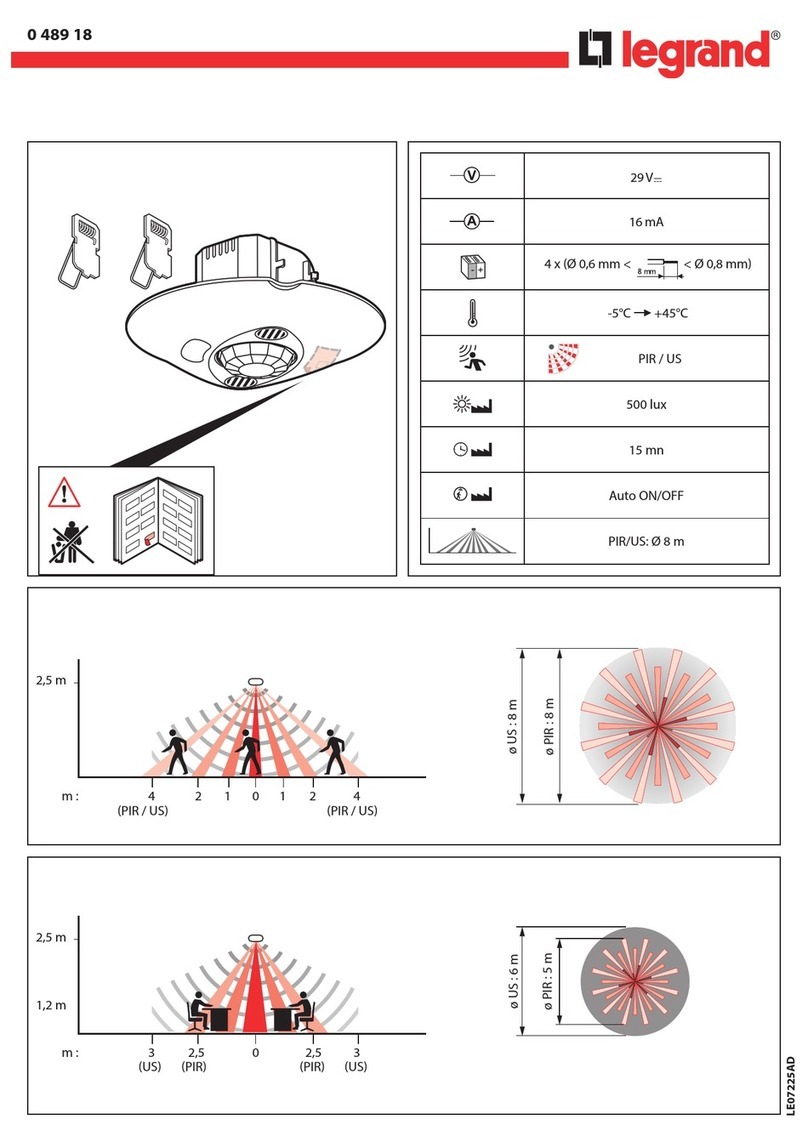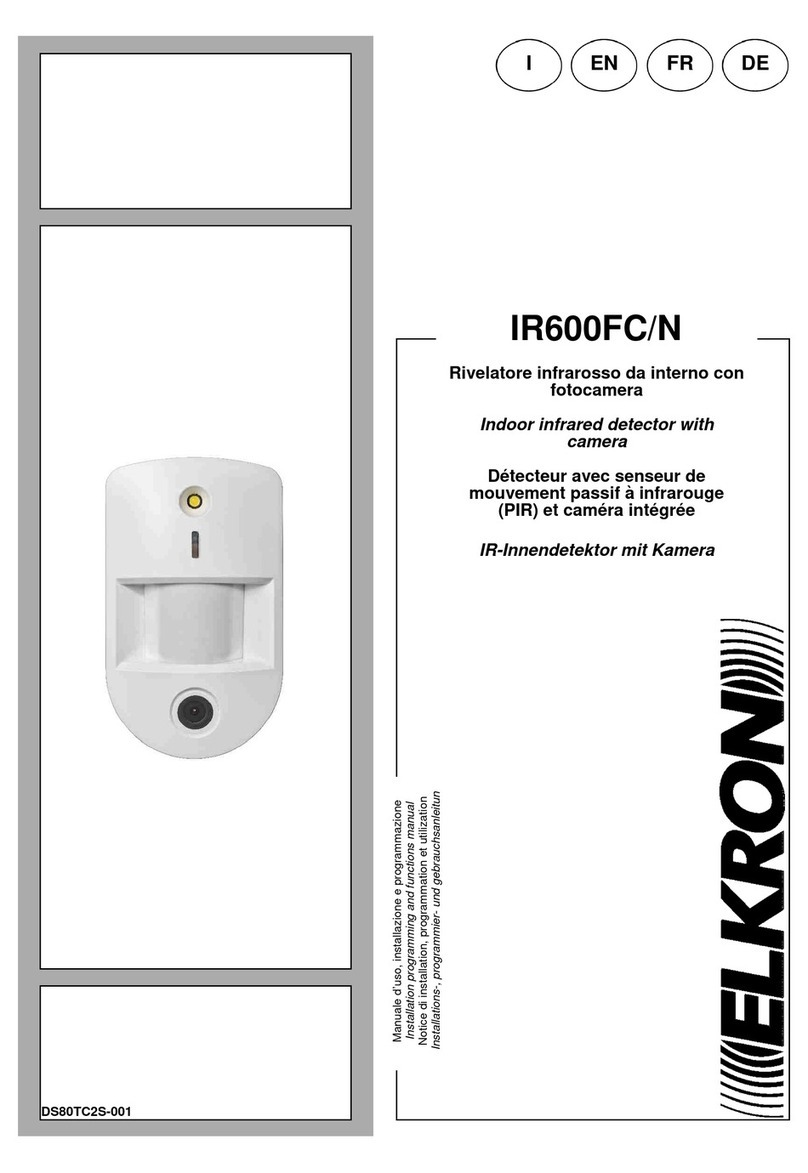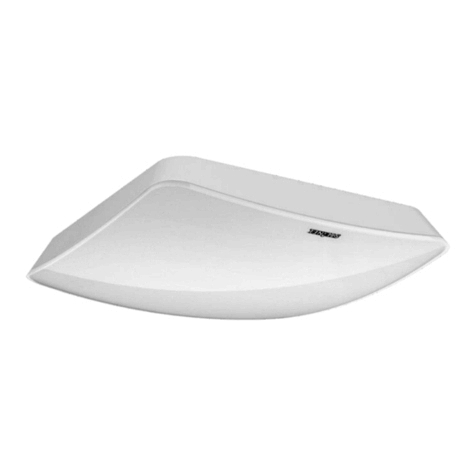Eddystone 680X User manual

EDDYSTONE 680X PRODUCT DETECTOR INSTALLATION.
The 680X is, by its design, a very good radio. It was designed for the recepon of AM and CW signals. SSB
can be resolved by turning down the RF and turning up the AF control however its not very sasfactory.
The best way is to install a product detector to resolve the SSB and CW signals. The basic idea is that the
original BFO module is removed and rebuilt using a 6BE6/EK90 heptode valve, part of which acts as the
BFO frequency oscillator and the rest as a mixer. There are various circuits available based around the
6BE6/EK90 and the one I used is shown in Fig.1 below and was kindly given to me by M0MLM. (Every
component within the doed lines goes inside the can).
Start by removing the case. ( obviously!!)
The BFO module is the module behind
the BFO switch with a valve sing on top
of the can. Looking under the chassis
there are 5 connecons to the module.
See Fig.2 below
Remove the BFO valve and unscrew the
two screws between the connecons and
unsolder the 5 connecons which appear
to be soldered onto wire ended stand
o’s. Remove the whole can, then the
two side screws and remove the cover
allowing access to the components. See
Figs 3,4,5 & 6. below
Fig.1 Product Detector
Fig.4.
Fig.3.
Fig.5.
Fig.2.
Fig.6.

Now comes the interesng bit. Remove all the components within the can except the heater connec-
ons and the two silver mica coil tuning capacitors and coil as shown on Figs 7,8 & 9 below
Re-model the components by moving the grid connecon from pin 2 to pin 1 and t the new compo-
nents within the doed line as per the circuit diagram (Fig.1). Extend a lead (I used 14 gauge solid wire)
from the anode connecon down and through the spare hole ( put some insulaon over it as it passes
through the hole in the boom of the can base) to form a pick up point for the Audio output to the cou-
pling capacitor like the other 5 base connecons. See Fig.10 below
NB: I used 2 wa resistors for the current carrying components which are the
68k, 18k and 220 ohms. This is to allow beer heat dissipaon as I don't want
to have to take the can out of the set once it is re-installed.
When you are happy that the components are correct and in the right place
put the can on one side and go onto the next bit.
To allow the audio and HT to be switched between the original set and the
new product detector we have to modify the BFO on/o switch. (Fig 11 be-
low)
In my case, and probably in your case as well,
the switch at present basically is A an anchor
for a set of wires at the top side and B a switch
to connect HT to the old BFO circuit.
The centre contacts are bridged which has to
be removed. Then the top (white wires in my
case) are all un-soldered and reconnected as a
group and isolated. This leaves the HT connect-
ed to one side of the boom contacts with a
(blue in my case ) wire feeding the old BFO can
on the other side. Re-connect the main HT feed to the centre contact from the boom contact to the
same side as the dangling feed to the old BFO can.
See Fig.12 on next page
Fig.7. Fig.8. Fig.9.
Fig.10.
Fig.11.

As you will see in the new circuit there is an audio lter to be
made consisng of a LF choke and a couple of capacitors (a Pi
network in fact) It asks for a 1 henry choke which I didn’t have
so I used the primary of an old transistor radio output trans-
former as the choke and adjusted the capacitor to give me a
cut-o at about 3 kHz using an audio generator and an oscillo-
scope.
Once you are happy with the lter put it on one side.
See Figs.13. 14 & 15
Next we have to re-route the exisng audio via the BFO on/o switch so moving to the opposite corner of
the set we have V7 and V13 next to each other. Looking at pin 2 of V13 follow the wire (green in my case)
up to the juncon of two 100k resistors which are R 41/42. Remove this wire.
Now using either a screened twisted pair cable (I used a bit of Type 1 audio screened cable ) or alterna-
vely a couple of thin screened coax’s, connect pin 2 of V13 to the centre of the empty side of the BFO
switch and the juncon of the two 100k resistors to the top contact of the BFO switch (so reinstang the
exisng audio roung.)
Whilst we are down in this area it would be prudent to solder the extra 22pf capacitor across the 8pf ca-
pacitor that is at the end of the coax leading to the ex BFO can. NB: 22pf may be to big and give detector
overloading but use this to start with or alternavely a 30 pf trimmer for beer adjustment aer nish).
See Fig.16 below
Having completed the connecons around V7 we now move
to the reinstallaon of the now ssb can (ex BFO can)
Replace the two side screws at the top side of the can and slip
the can through the chassis and inspect the new anode feed
isn't touching the chassis. If it is then bend and insulate.
Once happy, replace the two holding screws at the boom
through the chassis.
Next reconnect the BFO variable capacitor. We now have to extend the feed from the EX BFO switch to
the HT connecon on the SSB can using the 3.3k 2 wa resistor and smoothing capacitor ( 10uF is recom-
mended however I used what I had which was an 8uf and it didn't make any dierence).
Fig.12.
Fig.13. Fig.14. Fig.15.
Fig.16.

As shown on the circuit diagram (Fig.1) bridge the HT contacts with the bleeder resistor 3.3 M ohms on
the back of the switch. ( this is there to keep the 8/10 uf cap charged and thus giving an instant voltage
onto the product detector on selecon to stop frequency blip.)
Having completed the audio lter network I mounted mine adjacent to the coil pack and supported it us-
ing a bit of 12 gauge wire clamped under the coil box lid. Connect the new anode feed from the ssb can
through a 0.047 uf cap (in my case all I had) to the lter and the output across the 47k to the free boom
terminal on the ex BFO switch for the audio feed. See Fig.17 below.
Don't forget to plug a new EK90/6BE6 valve in.
So its a nal check over of all the changes and switch on.
With all these changes the oscillator secon of the product
detector will have shied in frequency so we need to set its
frequency.
Now the IF centre freq is about 450 kHz +/- 1.5 kHz so we
need to obtain a stable frequency to give a steady signal.
No maer what you use, tune the receiver to it on MAX selecvity for a maximum reading on the S me-
ter. (CRYSTAL to OFF) Select the product detector and set the BFO variable capacitor plates by eye to half
way. Set the white dot on the knob to centre on the eschaton if needed by undoing the grub screw and
rotate to suit.
Adjust the coil in the product detector can for zero beat.
That's it job Done.
Hope all goes well Cheers
Roy Kavanagh
GM4VKI
Fig.17.
Table of contents
Popular Security Sensor manuals by other brands

Agilent Technologies
Agilent Technologies 1260 Infinity II user manual
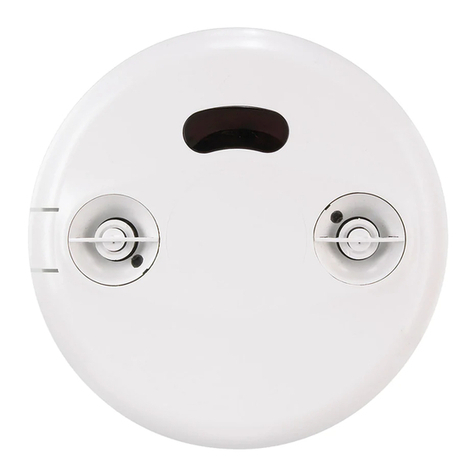
LEGRAND
LEGRAND WattStopper LMUC-100-2 quick start guide
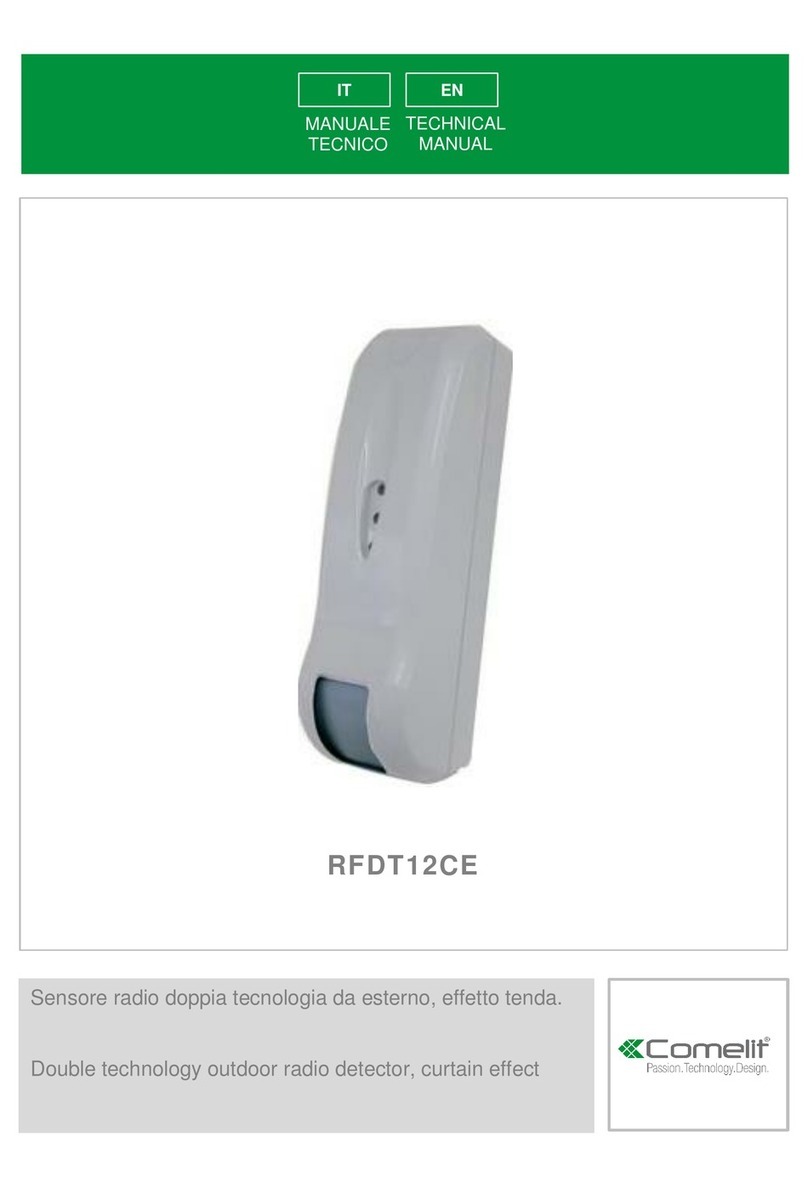
Comelit
Comelit RFDT12CE Technical manual

Troy Lee Designs
Troy Lee Designs Shock Doctor CP 5955 manual

ORORO
ORORO TWIN-CITIES HEATED GLOVES manual
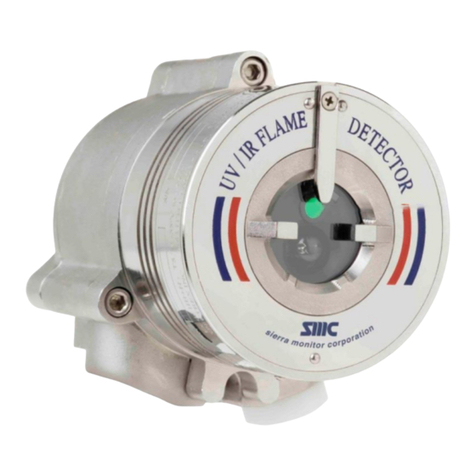
SMC Sierra Monitor
SMC Sierra Monitor 3600-I manual

